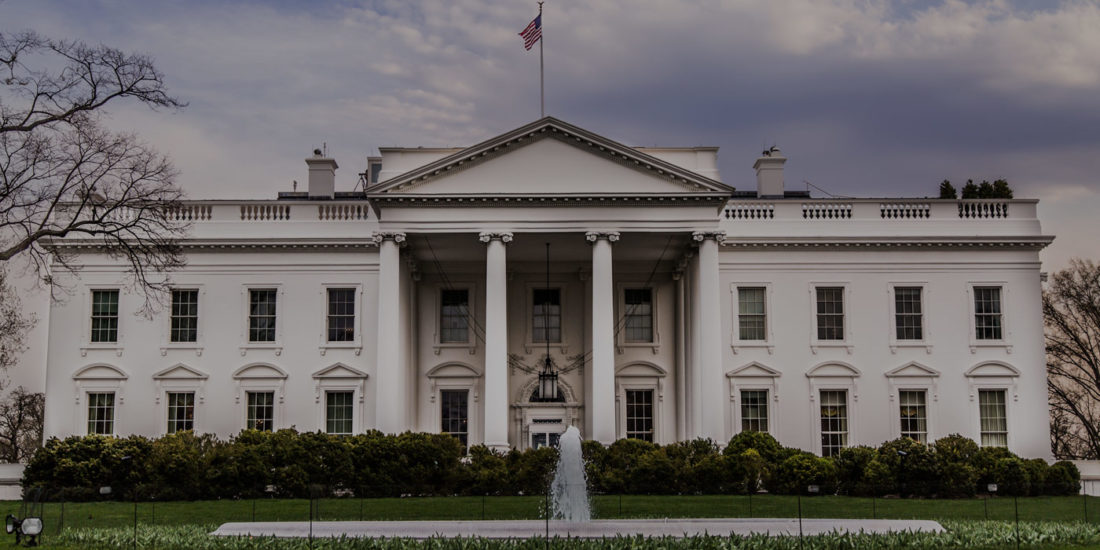Regulators as Constituents: Update on US tax policy and the family enterprise
The past three years have featured quite the roller coaster ride of federal tax policy, and advisors to high net worth families are wise to take note of recent action that has shifted the legal and financial landscape for their clients, especially when it comes to current and future tax burdens.
For more than a decade, the Bush tax cuts were the most heavily debated elements of the Internal Revenue Code – originally enacted in 2001 and 2003, extended in 2010 and set to expire in 2012 as part of the “fiscal cliff.” Among the myriad tax policies under review at the end of President Obama’s first term were all individual income, capital gains and dividend rates. Estate taxes were at stake, too, as families faced the return of a 55 percent rate and a $1 million exemption, erasing the hard-fought 35 percent rate and $5 million exemption won in 2010.
A whirlwind of negotiations occurred in the closing days of 2012 and the first hours of 2013 between Senate Minority Leader Mitch McConnell (R-KY) and Vice President Joe Biden in an effort to avoid what was dubbed the largest potential tax increase in American history. The two sides were far apart on policy goals, but the pressure to reach a deal was no secret.
In the end, the American Taxpayer Relief Act (the “fiscal cliff deal”) provided a considerable amount of certainty in exchange for some fairly significant tax increases on some taxpayers.
For most Americans, the Bush tax cuts were made permanent, but for those earning more than $400,000 per year income taxes rose to 39.6 percent. In addition, capital gains and dividend rates for higher earners were increased from 15 to 20 percent. Factoring in the 3.8 percent surtax on unearned income from the health care reform law, many investors now face a 23.8 percent tax on investments.
ATRA prevented steep increases in estate, gift and generation-skipping transfer (GST) taxes by permanently setting the exemption at $5 million, indexing it for inflation and making it portable between spouses. However, the deal also permanently increased the top rate from 35 to 40 percent. While the estate tax burden went up on many high net worth families, most in the planning community exhaled a sigh of relief as the outcome was expected to be much worse.
With permanency and certainty added as two unfamiliar features of the tax code, almost immediately congressional tax writers began to perceive the “new normal” as an opportunity to pursue comprehensive tax reform. The deal had ended a decade-long debate between the parties over how to define the baseline for future tax policy and equipped legislators with concrete numbers against which reforms could be measured.
House Ways and Means Chairman Dave Camp (R-MI) and Senate Finance Chairman Max Baucus (D-MT) redoubled their efforts to examine the code and work to find the common ground that could lead to the first major rewrite since 1986. They held dozens of hearings and listening sessions, formed working groups and produced white papers, but they faced significant obstacles.
First, the parties continued to disagree over whether comprehensive reform should raise taxes or break even, as opposed to 1986 when Republicans and Democrats put the “higher taxes” debate on hold and agreed to fix the code in a revenue-neutral way.
Second, Chairman Baucus was tapped by President Obama in late 2013 to be the next Ambassador to China. Shortly thereafter reports emerged that Chairman Camp would not receive an extension of his chairmanship from House Republican leadership, setting a one-year clock in motion before the reins would be handed over.
Despite all this, as well as chronically low expectations for reform among his colleagues, Chairman Camp pressed on. He released his long awaited comprehensive reform proposal in February, spurring an in-depth discussion of how the tax code can be overhauled to better spur economic growth and job creation.
The chief aim of Camp’s draft was to offset the cost of lower marginal individual income and corporate tax rates through limitations on deductions, credits and preferences and to simplify the code in the process. While it would have lowered the top corporate rate to 25 percent, many family businesses expressed concern that it would only reduce the top individual rate to 35 percent. The draft would have also phased out many deductions and credits after $250,000 for single taxpayers and $300,000 for married couples. Capital gains and dividend rates would have been effectively reset at 15 percent.
Regarding estate taxes, the draft contained only minor technical changes and no significant new revenues. Up until the release of the draft there had been much concern that the estate tax would be negatively targeted to offset reductions in other areas.
Despite any perceived flaws in his proposal, the Camp draft is the most detailed example of a reform plan in decades. It will likely serve as a starting point for future reform efforts.
Meanwhile, the tax debate raged on. In March President Obama singled out the estate tax once again for additional revenue in his annual budget proposal. The measure called for $1 trillion in new taxes on high income and high net worth individuals, including $131 billion in higher estate taxes through nine new policy initiatives. In addition to increasing the rate back to 45 percent and reducing the exemption to $3.5 million, the Administration also recommended restricting grantor trusts, GRATs and other planning methods.
For the second year in row, the budget did not include a provision eliminating valuation discounts for family-owned businesses. The omission is ironically concerning because it continues to fuel speculation that the IRS may attempt to circumvent the legislative process and eliminate or curtail discounts through regulation, as the Service has indicated in its Priority Guidance Plan.
For an estate valued at roughly $100 million, the changes proposed in the budget would increase a family’s estate tax burden by at least $5 million. While the budget proposal has little to no chance of enactment, it is significant in that it reflects the Administration’s policy priorities for the remainder of the President’s second term and indicates that while recent estate tax relief is protected by current law, there remains significant interest in revisiting the issue.
On the other end of Pennsylvania Avenue, support remains strong for further relief from the estate tax on Capitol Hill.
In early 2013 the Senate held side-by-side votes on separate amendments offered by Sens. John Thune (R-SD) and Mark Warner (D-VA) that provided a rare head-count on estate tax relief. The Thune amendment, which would have repealed the tax altogether, earned bipartisan support and fell just short of a majority. The Warner amendment, which would have allowed for either full repeal OR further relief, passed by an overwhelming margin of 80-19. The strong vote count on the Warner amendment has reinvigorated supporters of estate tax relief on and off the Hill.
On the House side, there has not been a stand-alone vote on repeal legislation in nearly a decade. Rep. Kevin Brady (R-TX), the House sponsor of repeal, is working with Chairman Camp and House leadership to schedule a vote this year and lay out a critical marker on the issue. Chairman Camp recently reiterated his support for the issue on Forbes.com:
“While the fiscal cliff agreement finally provided some much-needed certainty when it comes to estate planning, I have long-supported, and would still like to see, the full repeal of the death tax. I think it is important for Congress to go on record – especially all the new Members who have been elected in recent years – to show the bipartisan support for killing this tax, which forces the sale of family farms and small businesses. Even with the significant improvements we were able to get in the fiscal cliff deal, the estate tax forces Americans to engage in complex and costly planning in order to ensure future generations can continue operations.”
Once again eyes are beginning to turn to the ballot box, as the outcome of the 2014 midterm elections will play a key role in the future of the tax policy debate. While the House is widely expected to remain in Republican hands, control of the Senate hangs in the balance. In any case, there will be new leaders at the helm of the comprehensive reform discussion. In the House, the next Ways and Means Chair is expected to be either Brady or current Budget Chairman Paul Ryan (R-WI). In the Senate, the Finance Chair will likely be either recently elevated Chairman Ron Wyden (D-OR) or Ranking Member Orrin Hatch (R-UT).
While Washington gridlock unfortunately shows little sign of diminishing in the short term, we can rest assured that the tax landscape remains ripe for reform – whether incremental or comprehensive.
About the contributor:
 Jeff Cook-McCormac serves as senior advisor to Policy and Taxation Group, a non-profit organization advocating on behalf of family businesses for permanent relief from estate, gift and generation-skipping transfer (GST) taxes. He will be participating in the panel, “Taking the Pulse of US Family Firms: Policy and legislation impacting the state of the family enterprise,” at the FFI October conference in Washington, DC. Jeff can be reached at jcook@policyandtaxationgroup.com.
Jeff Cook-McCormac serves as senior advisor to Policy and Taxation Group, a non-profit organization advocating on behalf of family businesses for permanent relief from estate, gift and generation-skipping transfer (GST) taxes. He will be participating in the panel, “Taking the Pulse of US Family Firms: Policy and legislation impacting the state of the family enterprise,” at the FFI October conference in Washington, DC. Jeff can be reached at jcook@policyandtaxationgroup.com.




